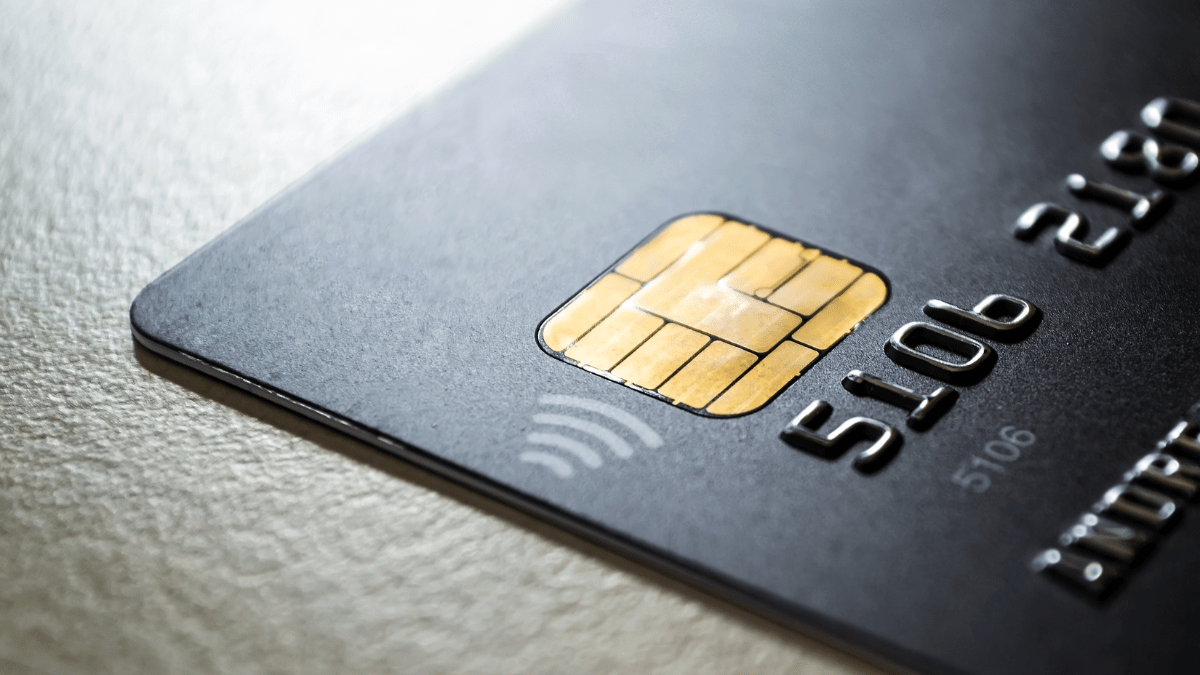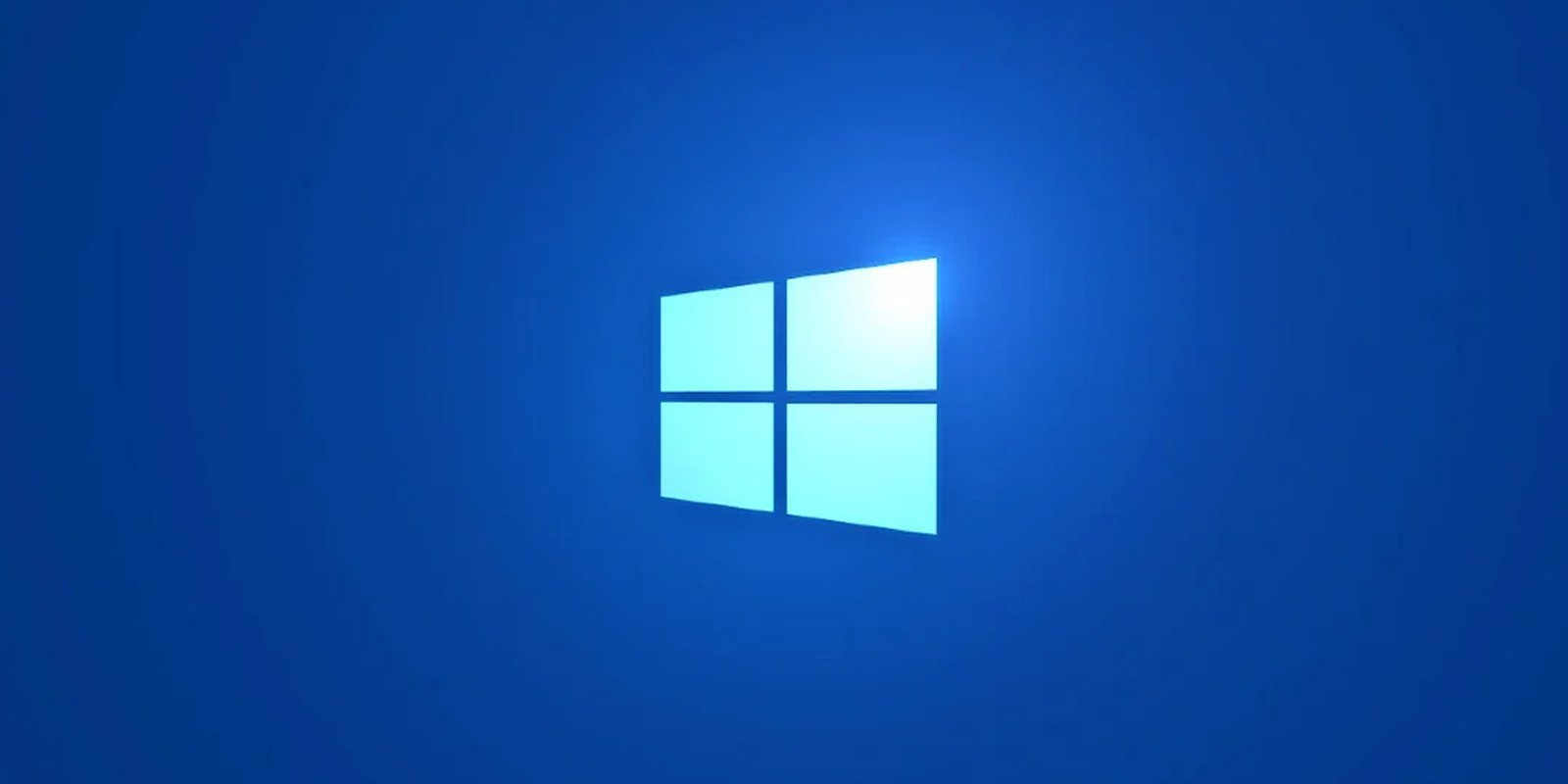BOOK THIS SPACE FOR AD
ARTICLE AD
Payment provider Slim CD has disclosed a security incident that may have exposed the full credit card information of anyone paying at a merchant that uses Slim CD’s services.
The Florida-based gateway system, which allows merchants to take any kind of electronic payment, said on June 15 it noticed “suspicious activity” within its environment.
A subsequent investigation by a third-party specialist revealed that cybercriminals had access to Slim CD’s systems for 10 months, between August 17, 2023, and June 15, 2024. However, the company said the criminals only had access to credit card and other information between June 14 and June 15, 2024.
Slim CD said that the compromised information included full names, physical addresses, and credit card numbers including expiration dates.
The company said it is not aware of anyone yet using the exposed information:
“Although Slim CD presently has no evidence that any such information has been used to commit identity theft or fraud, Slim CD is providing information about the event, Slim CD’s response, and resources available to individuals to help protect their information from possible misuse.”
Even though there is no mention of credit card verification numbers being included in the breached data, Slim CD is still warning about the possible risks:
“We encourage you to remain vigilant against incidents of identity theft and fraud by reviewing your account statements and monitoring your free credit reports for suspicious activity and to detect errors.”
Customers are often unaware which payment provider is used by their online shops, so a data breach notice may come as a surprise to many of the 1,693,000 affected people.
Protecting yourself after a data breach
There are some actions you can take if you are, or suspect you may have been, the victim of a data breach.
Check the vendor’s advice. Every breach is different, so check with the vendor to find out what’s happened, and follow any specific advice they offer. Change your password. You can make a stolen password useless to thieves by changing it. Choose a strong password that you don’t use for anything else. Better yet, let a password manager choose one for you. Enable two-factor authentication (2FA). If you can, use a FIDO2-compliant hardware key, laptop or phone as your second factor. Some forms of two-factor authentication (2FA) can be phished just as easily as a password. 2FA that relies on a FIDO2 device can’t be phished. Watch out for fake vendors. The thieves may contact you posing as the vendor. Check the vendor website to see if they are contacting victims, and verify the identity of anyone who contacts you using a different communication channel. Take your time. Phishing attacks often impersonate people or brands you know, and use themes that require urgent attention, such as missed deliveries, account suspensions, and security alerts. Consider not storing your card details. It’s definitely more convenient to get sites to remember your card details for you, but we highly recommend not storing that information on websites. Set up identity monitoring. Identity monitoring alerts you if your personal information is found being traded illegally online, and helps you recover after.If you want to find out what personal data of yours has been exposed online, you can use our free Digital Footprint scan. Fill in the email address you’re curious about (it’s best to submit the one you most frequently use) and we’ll send you a free report.
We don’t just report on threats – we help safeguard your entire digital identity
Cybersecurity risks should never spread beyond a headline. Protect your—and your family’s—personal information by using identity protection.
.png)















 Bengali (Bangladesh) ·
Bengali (Bangladesh) ·  English (United States) ·
English (United States) ·